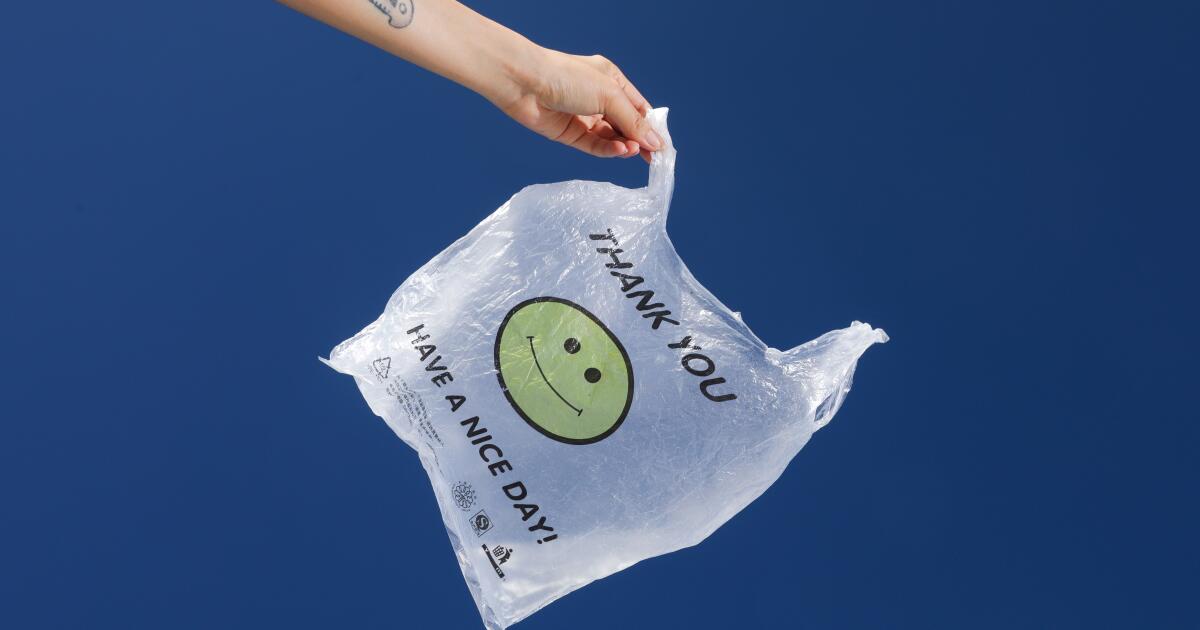In early February 2024, Australia Post, Australia's national postal service, was forced to apologize to 3,600 employees for payroll errors spanning a decade. The error, valued at A$5.6 million (US$3.6 million) in wages that needed to be reimbursed to staff, was attributed to payroll system errors that it found occurred between 2014 and 2023.
The Australia Post news is the latest in a series of underpayment scandals that have plagued Australia for years. Brands affected this year include Optus Retail, which needs to repay A$7.8 million (US$5.1 million) to more than 3,700 employees, as well as Australian Catholic University, part of the payout-prone higher education sector. insufficient.
TechRepublic Australia spoke to Australian Payroll Association director Tracy Angwin to ask if a change to payroll software could help prevent employee underpayment issues. We found that while technology is often blamed for these errors, inexperienced payroll implementation and processes are to blame.
The function of payroll software has remained similar over time.

The basic function of payroll technology “has not fundamentally changed in the last decade or more,” Angwin said. Organizations use payroll systems to collect employee employment data, interpret it correctly, and then produce financial transactions, such as employee payments, as well as perform the necessary “paperwork.”
While there have been advances in features, including self-service payroll portals, where employees can access and update their own data, and biometric devices, such as fingerprint scanning to record time and attendance, Angwin said that, essentially, The functions the systems are performing are not unlike “the days of the Bundy Cards.”
SEE: Looking for a new payroll system? Check out the best payroll software in Australia.
The payroll software market includes new and legacy vendors. The APA's 2023 Payroll Software and Services Directory, for example, compares 13 in-house payroll products, while its 2023 Australian Payroll Survey names CHRIS21, Employee Hero Payroll and ADP Payforce as the three most used products. New players such as global firm Rippling are entering the market in an effort to change the current status quo.
Featured Software: RippleSPONSOREDRippling, now available in Australia, is an all-in-one workforce platform offering solutions for HR, IT and finance processes. Small businesses will especially like the ability to start small and add functionality over time. |
Australian organizations continue to pay their employees less
Organizations continue to make incorrect payments, even though there have been limited drivers of change in the payroll systems market. The Australian Fair Work Ombudsman reported in October 2023 that it had recovered $509 million for 251,475 low-paid workers in 2022-23. This was the second year in a row that it recovered more than half a billion dollars for workers.
Even the Australian government department responsible for overseeing the federal workplace and employment conditions, the Department of Employment and Workplace Relations, was recently caught incorrectly paying its employees. The department had to pay back about $200,000 to rectify an underpayment of more than $60,000 involving 99 staff members.
The Australian federal government has been forced to take steps to criminalize wage theft. The Loophole Closing Act of 2023 introduces penalties for employers who intentionally commit wage theft, including fines and prison terms. But the complexity of Australia's payment award system means underpayments can still be made in error.
Technology is usually not to blame when employees are underpaid
Technology is often blamed for payroll problems, Angwin said, especially when things go wrong, such as a public underpayment scandal.
“It's one thing to blame CEOs when there's a history of payroll underpayments. You can say it’s the system’s fault,” Angwin said.
This adds to the idea that if the right technology is used, the problem will be solved. However, technological systems are not usually the main culprit. Rather, it's about how they are configured and used in an organization, Angwin said.
SEE: Australian IT professionals should get ahead of IT trends in 2024.
“I always like to give an example of Excel. “I’m not particularly good at using pivot tables, but when I make a mistake, it’s not Bill Gates’ fault,” Angwin said. “It's the way I set up the pivot table, not the tech developer.”
New global player Rippling has argued that consolidation in the number of payroll and HR systems used by Australian organizations could address some payroll issues by creating a “single source of truth for employee data”. A Censuswide-commissioned survey of 500 Australian payroll managers found that half of companies in the market still rely on manual entry of employee data, opening the door to error.
Payroll expertise and technology needed to minimize compliance risk
According to Angwin, the difference between an employer making a system work for them or not is the way the system is implemented and used in processes.
“Your people need to be fully trained in payroll legislation to configure the technology properly and monitor that the results of the technology are correct,” he said.
According to the APA, many of the underpayment issues that have been plaguing public and private sector companies are because these organizations set up processes and then rely entirely on them, without anyone double-checking them.
“They run the risk of installing technology and not testing it,” Angwin said.
Matt Loop, vice president and head of Asia at Rippling, said improving the experience of payroll professionals through fewer software systems could support better payroll processes.
“It's really a combination of great technology and great people, and empowering people to focus on what matters to them and what has the most impact for the business,” Loop said.












